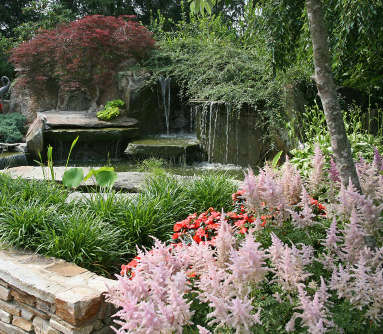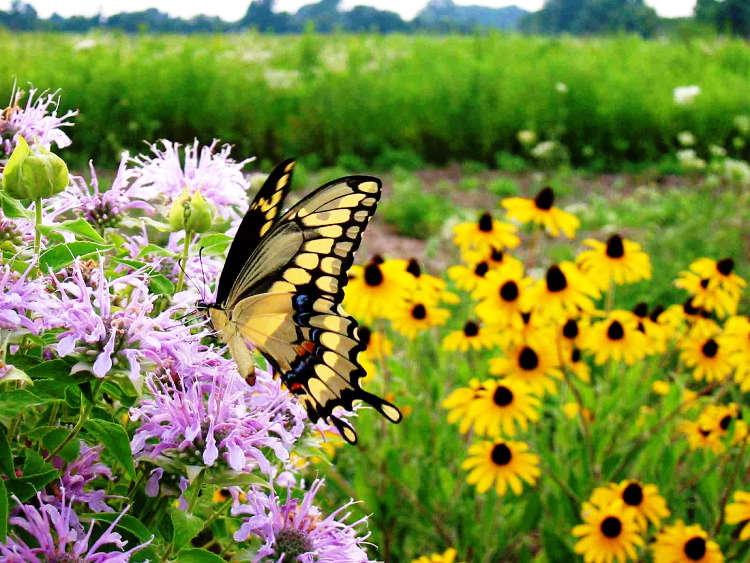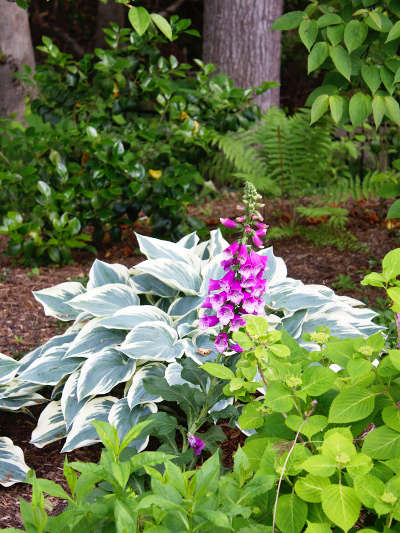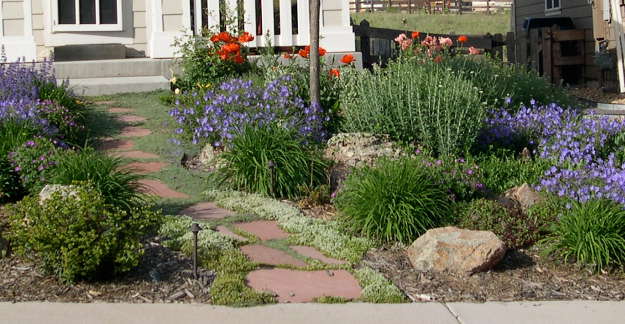
Xeriscaping may be a new word for you unless you’re a landscaper, contractor or an outdoor property management company. Typically, xeriscaping is used as another word for dry landscaping, or desert landscaping.
Xeriscape is there to fill the void in the areas of the world that are too dry to have a lush, colorful garden.
However, within the context of landscaping, xeric doesn’t necessarily equal “dry”. The true definition of xeriscaping is: water efficient usage of resources.
Xeriscaping is at the very heart of sustainability. Xeriscapes consume less water and are often more attractive than other common types of landscapes. Interested? Then read on as we discuss xeriscape landscaping, xeriscape plants and xeriscape planting.
Getting Started With Xeriscape Landscaping
Xeriscaping can be applied to almost any local environment. The proper materials for xeriscaping can replace the existing materials in the environment to simulate the desert environment.
Xeriscape gardening and landscaping is ideal for gardeners living in dry conditions. A couple examples of xeriscape type gardening includes rock gardens and cacti gardens.
With a rock garden it is important to choose mostly native plants that are accustomed to living among rocks.
You aren’t limited to just those choices for your garden however. You can opt for traditional types of flowers and grass, you just have to better plan your irrigation methods.
As for your lawn, a xeriscape will typically either eliminate the lawn entirely or it will keep it as a side piece only.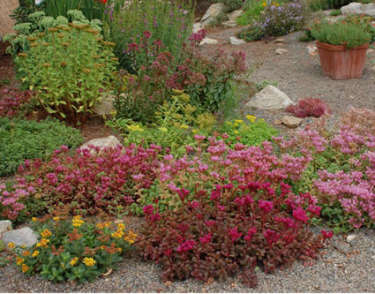
Xeriscape Planting
There are many different methods for xeriscaping. One method is to group plants that require the same amount of watering together in order to conserve water. This is good for plants that do better in dry conditions because this will ensure none of them get too much water. Likewise, it will be good for plants that need more water because it will ensure that all the thirstiest plants get enough water.
Xeriscape Plants
A good choice for xeriscape plants are cacti. They don’t need much watering. There are also many different types of cacti, so you can give your desert garden a very unique look.
Another good choice for xeriscape plants are seedums. Seedums are perennials that can grow in almost any climate in the Continental US. Usually they bloom in the fall season. Other options include: vines, shrubs, ornamental grasses, and ground cover.
As the world moves towards greener living, xeriscaping will probably become the future of landscaping, so everyone should research it. Help your friends make the world more sustainable by sharing this article with them and point out the diagram below.
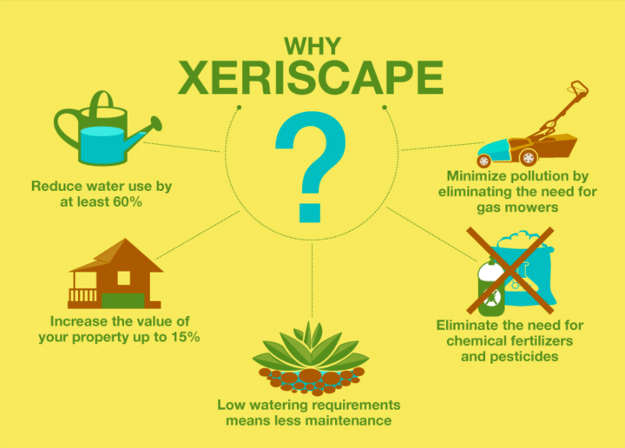
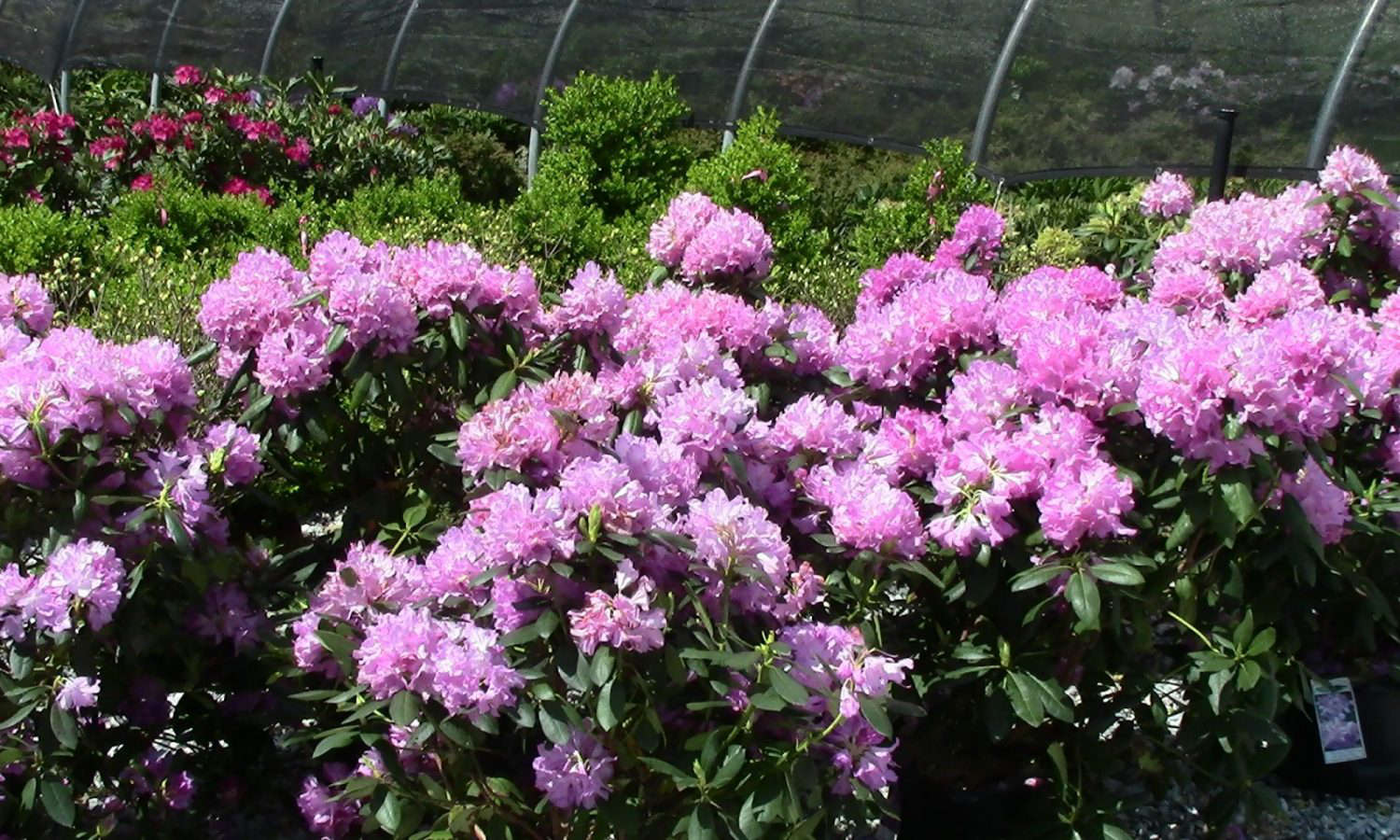

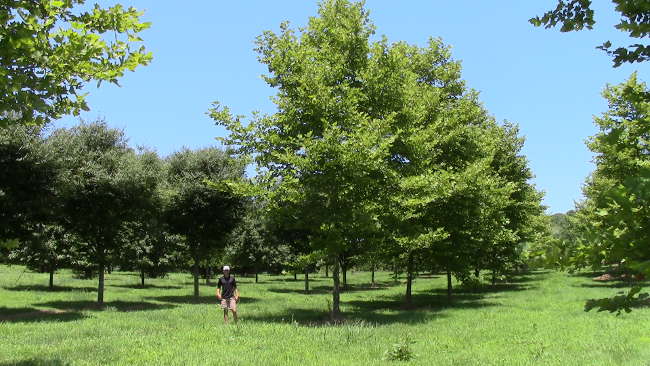
 Since their discovery during the Gold Rush in the middle of the 19th century, big tree finds have spread throughout the world, particularly in the US and Europe, but also in Australia, New Zealand, Asia, Africa and South America.
Since their discovery during the Gold Rush in the middle of the 19th century, big tree finds have spread throughout the world, particularly in the US and Europe, but also in Australia, New Zealand, Asia, Africa and South America.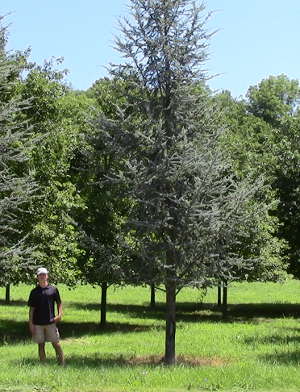 the fastest method for big tree landscaping. A big tree nursery raises strong and healthy large trees for transplanting.
the fastest method for big tree landscaping. A big tree nursery raises strong and healthy large trees for transplanting.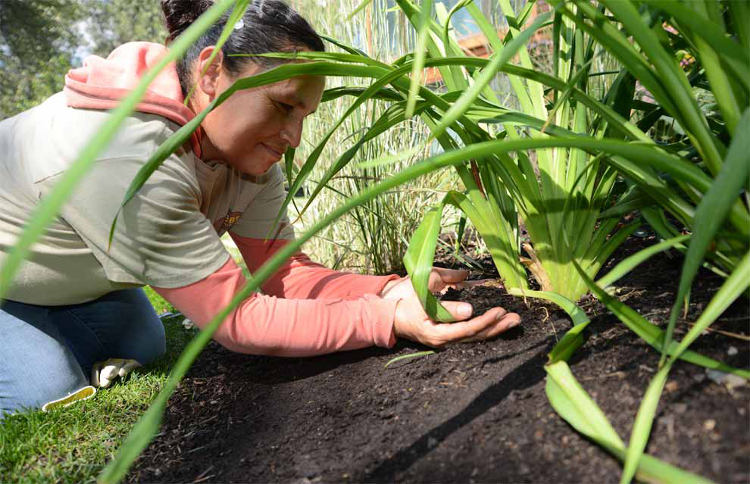

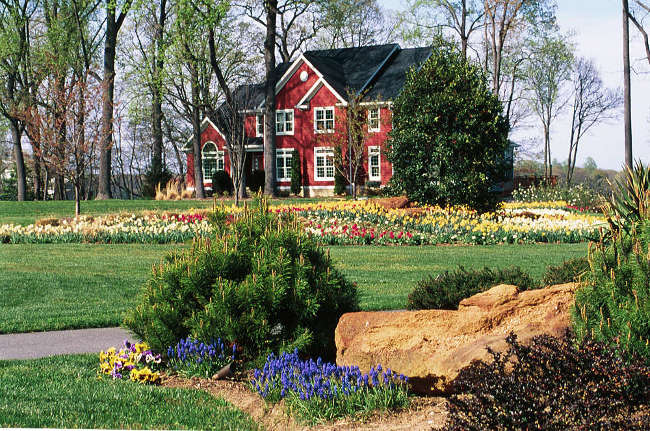 Increase Your Landscape Property Value Without Breaking a Sweat
Increase Your Landscape Property Value Without Breaking a Sweat